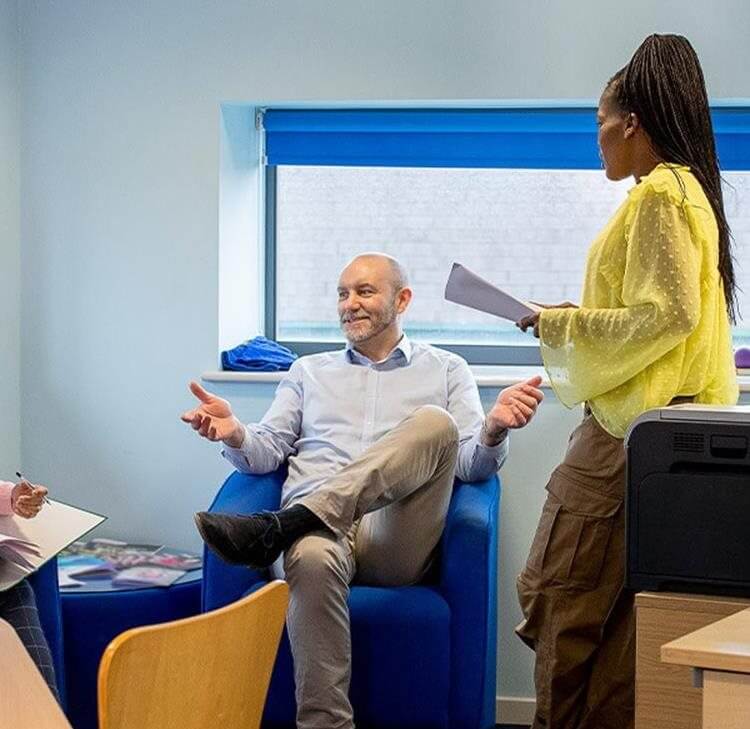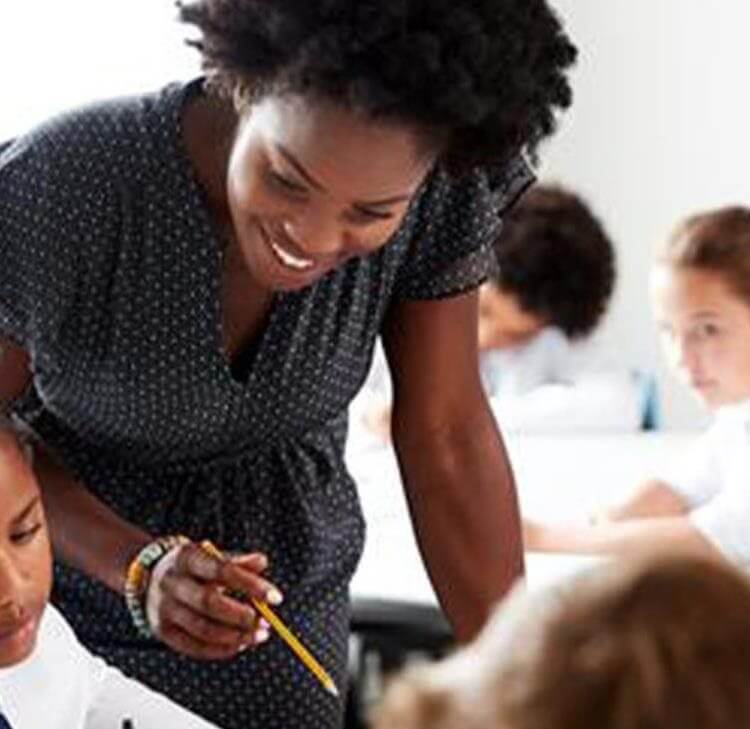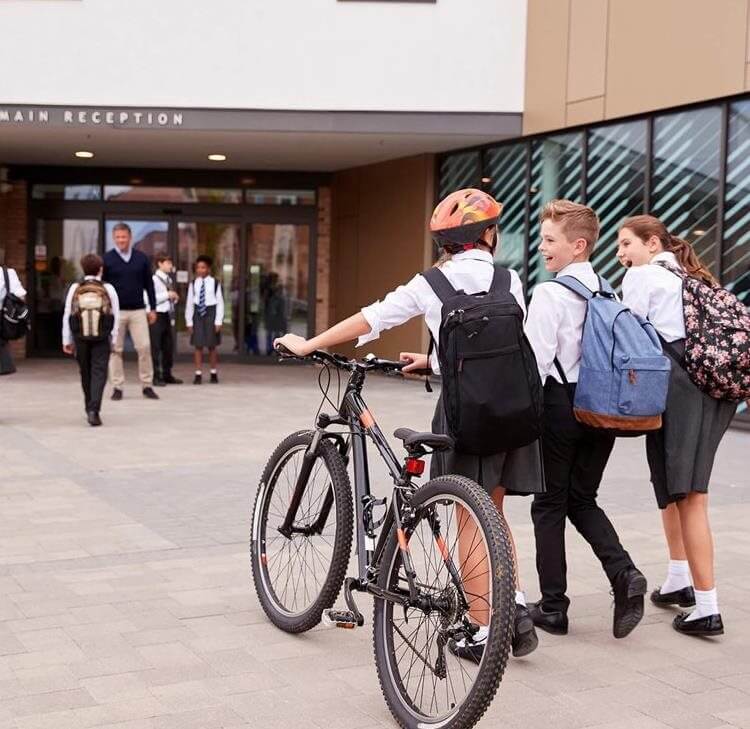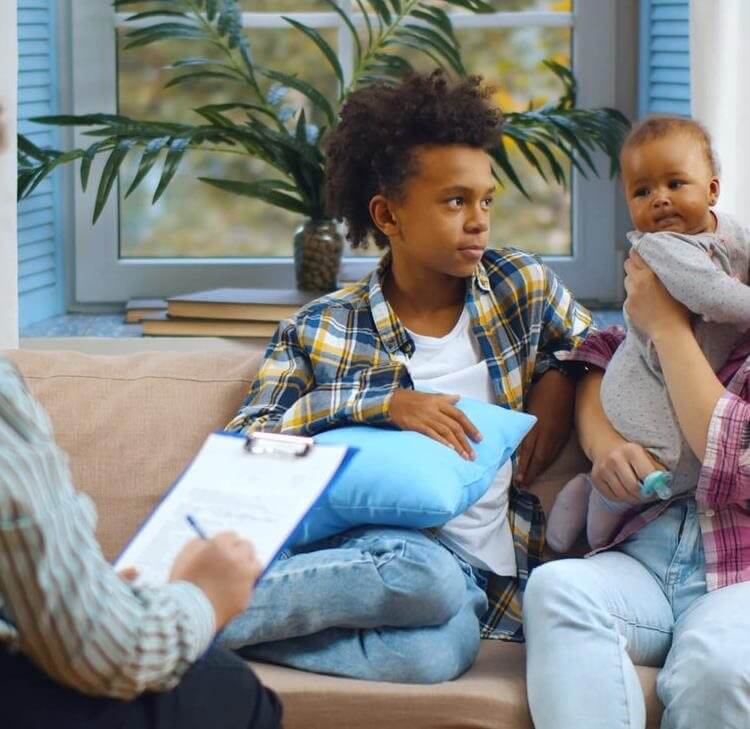We have witnessed distressing scenes with the recent riots in the UK that have affected communities across the country. For schools there will be important steps to take in September when students and staff return for the new academic year.
Our advice to schools is to be proactive in addressing the needs of your school community. The aim is to create a safe and supportive environment, rebuild trust and foster a sense of community.
School leaders will know how best to encourage open communication in your setting, promote resilience and whether additional support is required. Your approach may include some, or all of the following commitments.
Communication
Communication with students
Address recent events with students to help them understand what has been happening. Confirm the action that the school or trust will take in response to the unacceptable increase in racism, Islamophobia, and anti-Semitism. Confirm that the safety and wellbeing of your school community is of the utmost importance and that the school is committed to providing a safe and inclusive learning environment for all. Any concerns or incidents should be reported to staff in the usual way.
Communication with parents
Ensure parents are given a similar message in terms of the safety and wellbeing of students and your school community. Schools may be asked to facilitate safe journeys to and from school and will be doing all they can to ensure everyone’s safety whilst on the school site. Confirm that the school’s policies in relation to behaviour and safeguarding will be followed and that the school will be working with external agencies in response to concerns and incidents, as appropriate. Attendance of all students at the start of term is expected.
Communication with staff
Communicate all key messages with staff at the start of term so that there is a confident and consistent response when returning to school. Senior leaders and those with safeguarding responsibilities will need to stand ready to deal with the possible safeguarding issues mentioned below.
Safeguarding
Incidents involving students
Respond appropriately if students have been involved either in being the perpetrator or the victim of recent incidents. If a disclosure is made to staff, consider in line with the school’s safeguarding policy and procedures, refer to the Local Authority and/or the police if the relevant thresholds are met and follow the usual multi-agency working protocols to deal with each matter. If the police are already involved, contact should be established so that the school is either updated or advised of its role in any safeguarding or criminal process going forwards.
Incidents involving parents
Respond accordingly if schools become aware of incidents that involve parents as either the perpetrator or the victim of incidents. A tailored approach to communication with the family and/or student concerned (as well as external agencies) may be required.
Police involvement
If further protest/action is planned for your area, local police may be in touch to confirm the details and any precautionary measures that should be taken by the school, staff and students.
Prevent duty
Keeping Children Safe in Education 2024, effective from 1 September 2024 contains information on the Prevent duty and a list of additional support in Annex B (pages 157-158). At the time of writing, the “Preventing radicalisation” section remains under review due to the publication of a new definition of “extremism” on 14 March 2024.
Changes in the behaviour of students which indicates extremist ideology, risk of radicalisation or being drawn into terrorism may require consideration of a Prevent referral as part of the school’s response to provide help or protection for the student concerned. The school’s designated safeguarding lead (DSL) should be aware of local procedures and thresholds for making a Prevent referral.
Pastoral care
Wellbeing
Consider the concern and anxiety among students (as well as staff and parents), especially those who are directly impacted and clarify the support that either is or will be available.
Attendance
Non-attendance at school will need to be considered on a case-by-case basis. Schools should consider whether there is a genuine threat to safety or a “local or national emergency” in order to utilise code “Y” in the new school attendance guidance. There will be degrees to which a school is affected by any future unrest. Concerns around feeling unsafe in the absence of a planned event or protest will need to be considered in context with support put in place to enable the student to attend, as required.
E-safety
Schools should understand the filtering and monitoring systems that are in place regarding online safety and liaise with the DSL regarding the introduction of any additional restrictions or monitoring of online activity on school devices and school networks. Governing bodies and proprietors should ensure that the effectiveness of these systems and process is reviewed regularly.
Curriculum content
Consider how difficult classroom conversations will be facilitated, particularly in secondary schools. The DfE guidance 'Understanding and identifying radicalisation risk in your education setting' contains links to useful classroom resources for schools to use.
Behaviour
It should be made clear to students, parents and staff that unacceptable behaviour will not be tolerated. Schools should implement their Behaviour and Exclusions Policies fairly and consistently. Behaviour outside of school that brings the school into disrepute, or that affects the safety or well-being of other students or staff may result in disciplinary action being taken by the school. These matters will need to be considered on a case-by-case basis and in line with the relevant school policy documents.
Summary
Schools must be prepared to address the needs of students and staff as they return for the new academic year. To create a safe and supportive environment, schools should communicate with students, parents, and staff about their commitment to providing a safe and inclusive learning environment for everyone. Staff should be briefed and ready to respond appropriately to safeguarding and other pastoral issues such as the wellbeing of students, attendance, and e-safety. By taking these steps, schools can help their school community navigate the aftermath of the UK riots and begin the new academic year in a positive way.










































